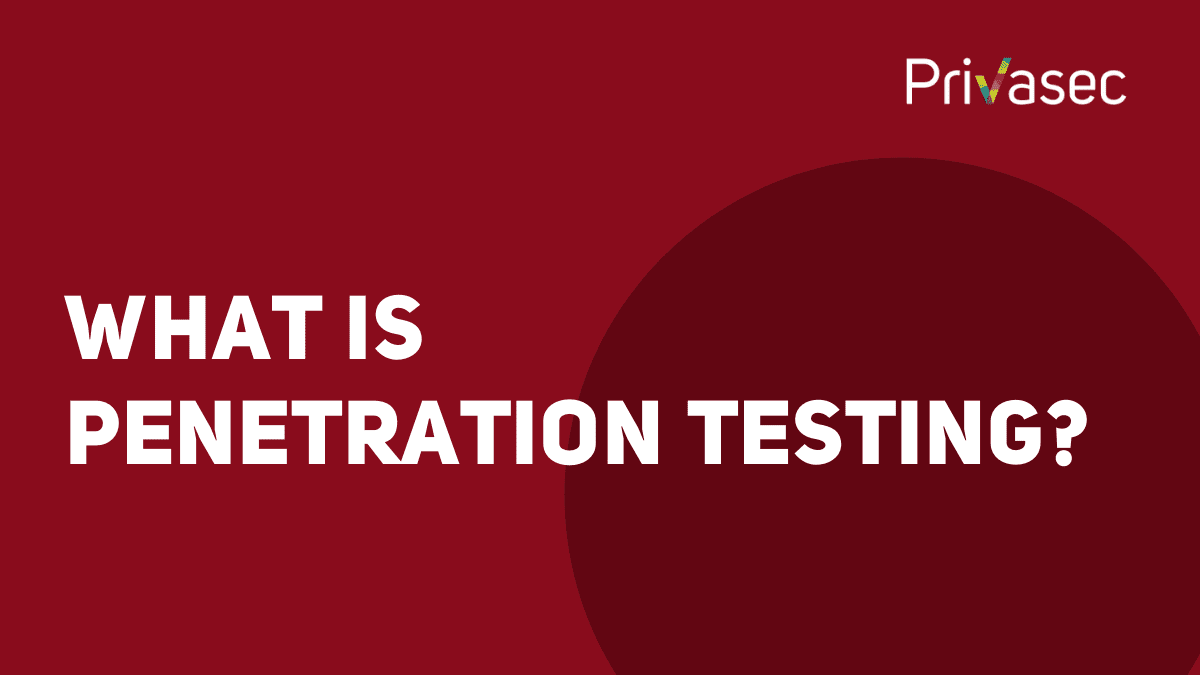In today’s world, where cyber-attacks have become increasingly sophisticated and frequent, organisations are constantly enhancing cyber security governance by looking for ways to improve their cybersecurity defences. One effective way to prepare for a cyber-attack is by conducting a tabletop exercise, so YOU KNOW WHO TO CALL in the event of an incident.
A cyber security tabletop exercise is a tailored scenario crafted towards all stakeholders involved in a War Room situation, simulating real-world cyber incidents response. This allows organisations to test their incident response plan and identify any weaknesses or gaps in their security posture.
In this blog post, we will explore the benefits of a cybersecurity tabletop exercises.
Assess Incident Response Plan and Obtain Critical Insights
A cyber security tabletop exercise allows organisations to test their response protocols in a controlled environment. By simulating real-world cyber incidents, organisations can identify weaknesses such as gaps in communication or technical vulnerabilities. Organisations can then take proactive and necessary measures to mitigate these vulnerabilities and strengthen their security posture.
Through an engagement like this, organisations can assess the sufficiency and effectiveness of their Incident Response Plan (IRP). In addition, with a holistic overview of its response strategies and tactics, organisations can be better prepared to respond in the event of a cyber-attack.
Bolster Crisis Management for business continuity
Conducting a cyber security tabletop exercise is a more cost-effective than responding to a real cyber-attack. According to a report by IBM and the Ponemon Institute, in 2023, the cost of data breaches is expected to surpass US$5 million per incident.
Causing disruptions to operations and reputational damage, organisations face significant financial losses in the event of a cyber-attack. Thus, it is vital for an organisation to have a robust plan in place that ensures business continuity and minimises impact.
In a tabletop exercise, organisations can identify the different risk scenarios, where the scope of the simulated disruption scenarios is tailored and specific to the desired areas of the response, risks or crown jewels as outlined by the organisation. This includes contextual information, triggering events and a series of development updates (scenario injections) which will be used to orient and guide the live response simulation. With that, organisations can ensure best practices are well-established to respond to detected threats, containing the attacks and minimising the impact of an attack.

Enhance Communication and Collaboration
In the event of a cyber-attack, stakeholders across the organisation need to be involved to react and defend the organisation. A tabletop exercise provides an opportunity for these departments to collaborate and communicate effectively in a simulated cyber-attack scenario by bringing together relevant stakeholders from different departments within an organisation, including IT, legal, HR and communications or public relations.
In the engagement, stakeholders can practise their incident response skills and fully understand their roles and responsibilities during a cyber-attack. By doing so, organisations can identify any communication breakdowns or information gaps that may hinder their response to a real cyber-attack. Furthermore, a tabletop exercise unifies stakeholders across the organisations ensuring that all are on the same page and working towards a common goal. This helps to reduce the risk of human error, delayed response time and minimise the impact of the incident in the event of a cyber-attack.
Demonstrate robust Security posture and meet compliance requirements
Organisations can provide security assurance to external stakeholders by conducting a cybersecurity tabletop exercise. Engagements like these allow an organisation to demonstrate that it is prepared for cyber-attacks and has robust plans in place to respond and ensure business continuity in the event of an incident, minimising impact, and losses.
Furthermore, many cyber security regulations and standards globally require organisations to demonstrate that adequate cybersecurity measures are in place. This includes SOC – System and Organization Controls, PCI DSS – Payment Card Industry Data Security Standard, NIST – National Institute of Standards and Technology that outlines requirements and best practices for organisations to test their Incident Response Protocol on an annual basis to ensuring processes work as designed and to mitigating any missed steps.
While digital transformation and the adoption of operation technology bring about great convenience and productivity, organisations’ risk environment is also evolving. Therefore, the plan for mitigating these risks must be updated and assessed regularly to ensure full effectiveness. A typical way is a tabletop exercise to identify gaps and areas for improvement.
Prepare for the Unexpected With a Tabletop Exercise
Overall, a cybersecurity tabletop exercise provides a holistic overview of an organisation’s efficacy in executing an incident response plan. As a result, it is a valuable and cost-effective tool for organisations looking to improve their cybersecurity posture and defences.
By simulating real-world cyber incidents, organisations can test their incident response plans, enhance communication and collaboration, identify weaknesses in security posture, train employees, and reduce the cost of responding to a real cyber-attack. Find experts who can guide you through the process and help you get the most out of this valuable exercise.
Secure your business with us
Simply drop us an email at [email protected] or call us at +65 6610 9597 (SG) / 1800 996 001 (AU) for more details

























